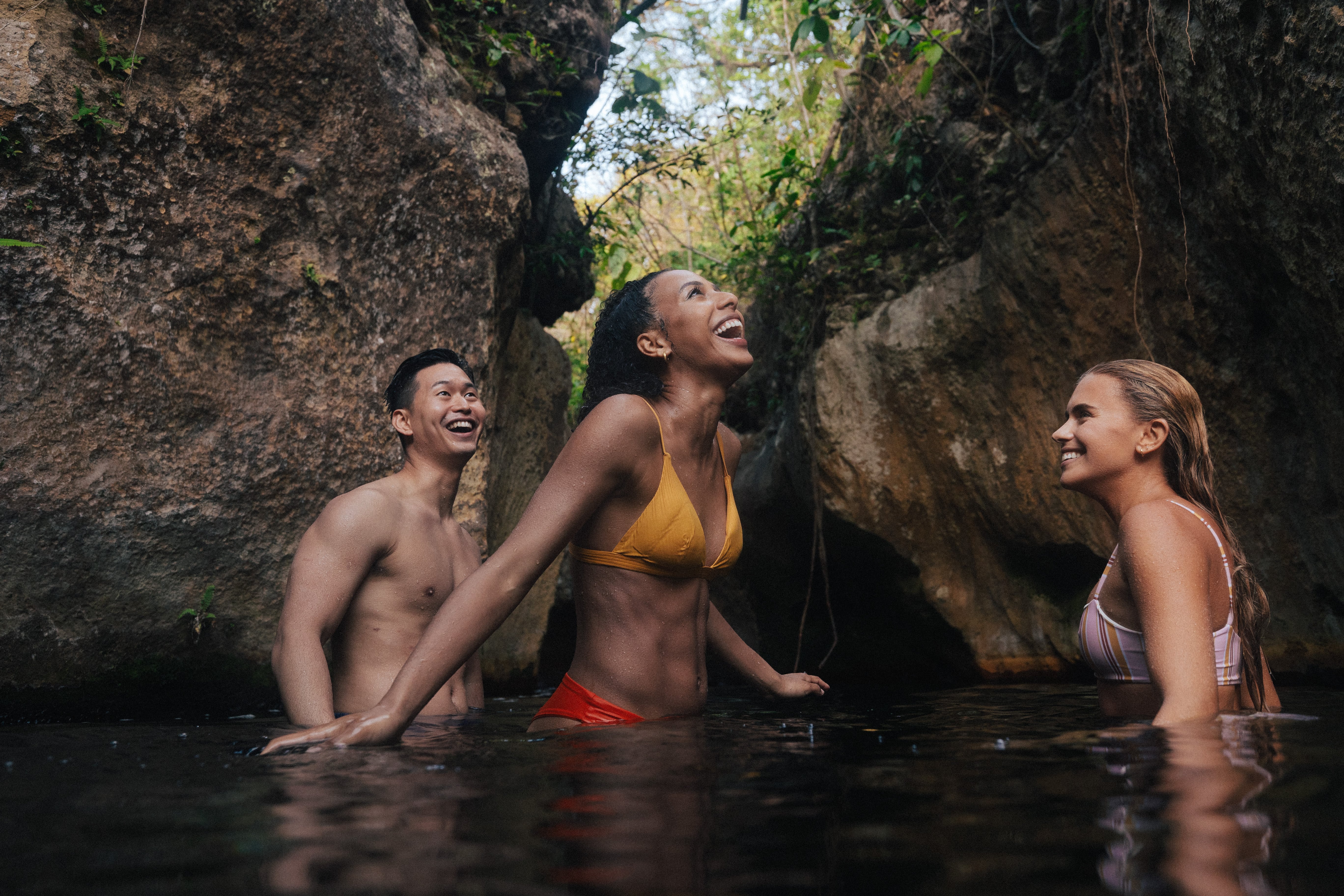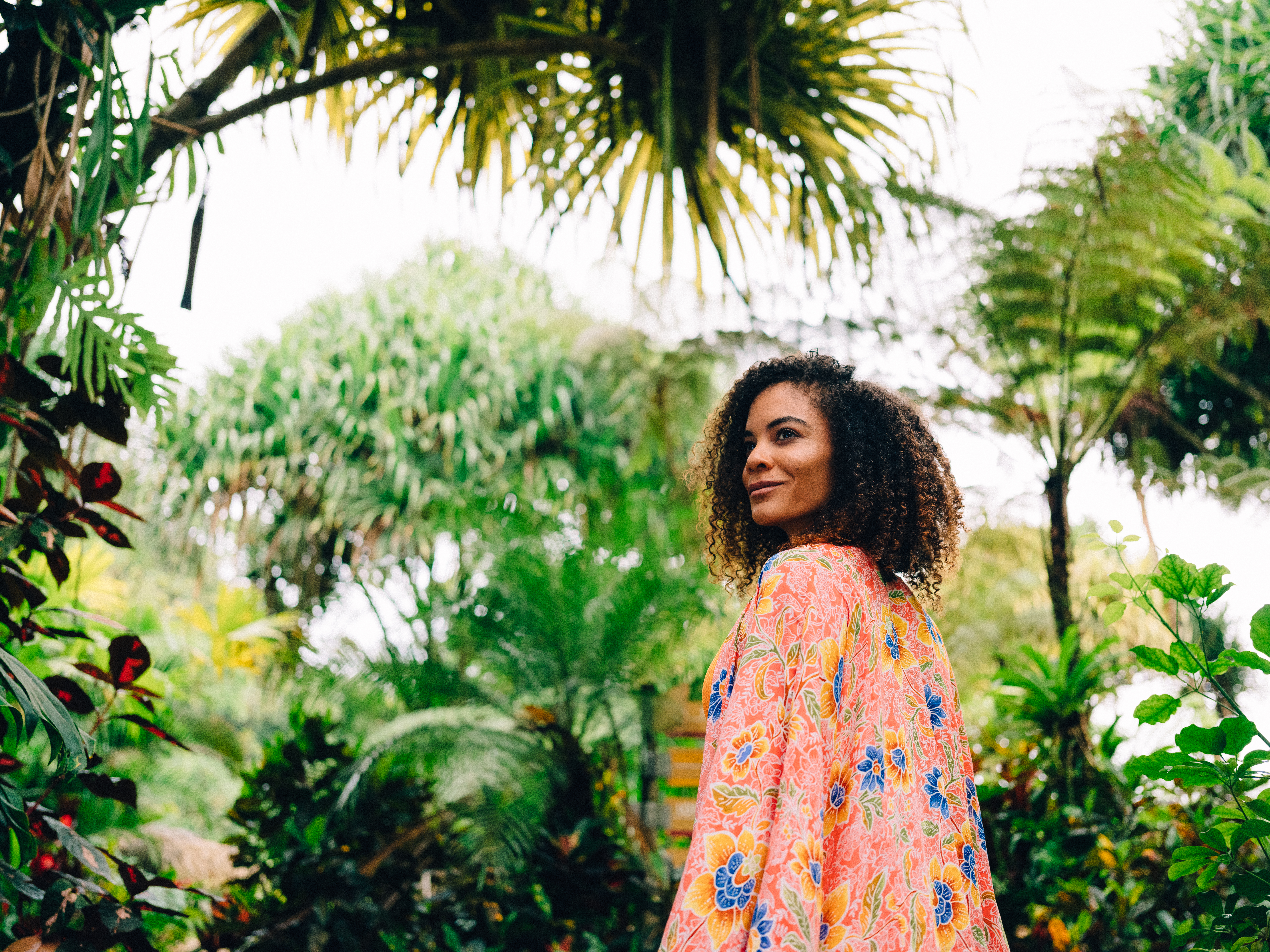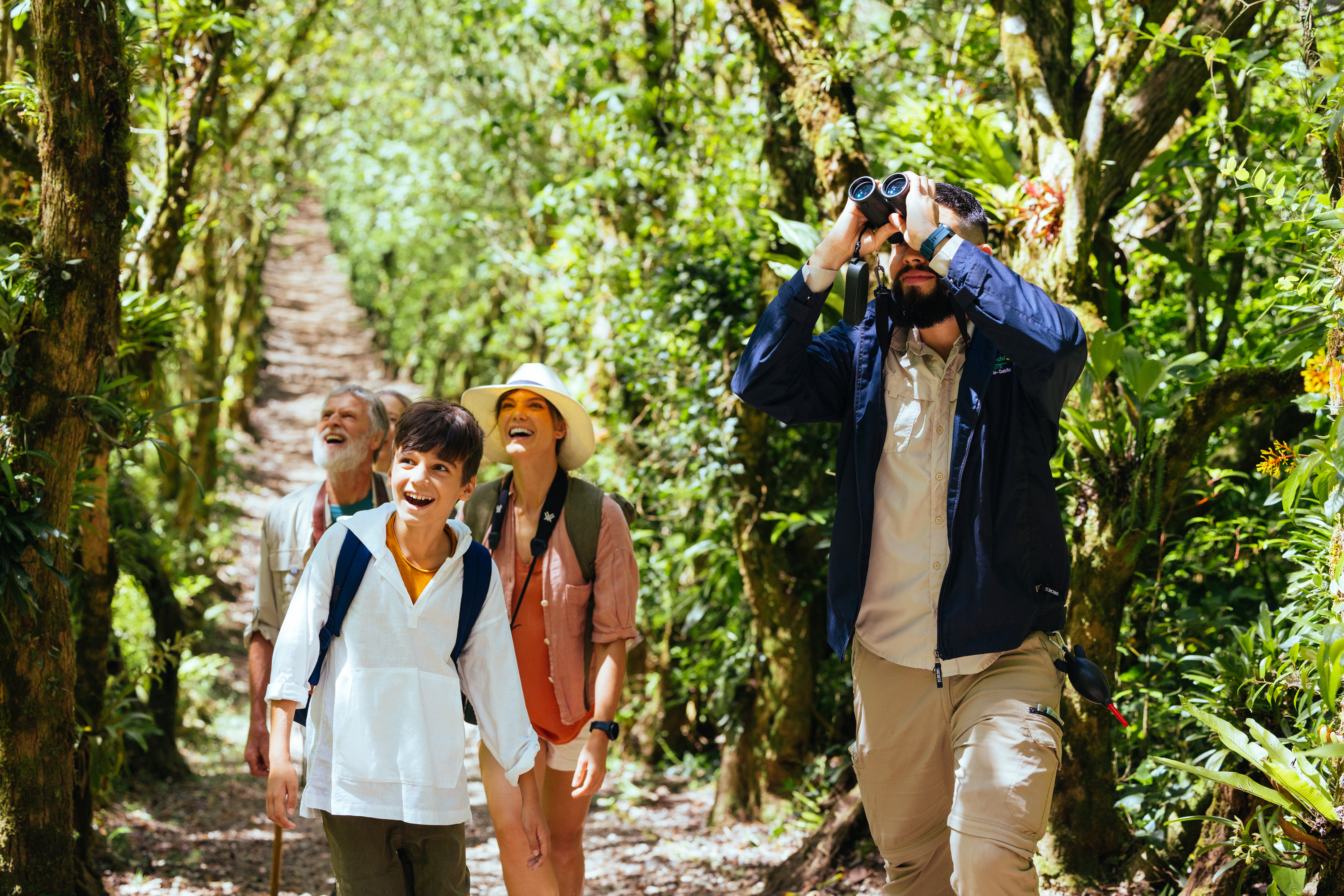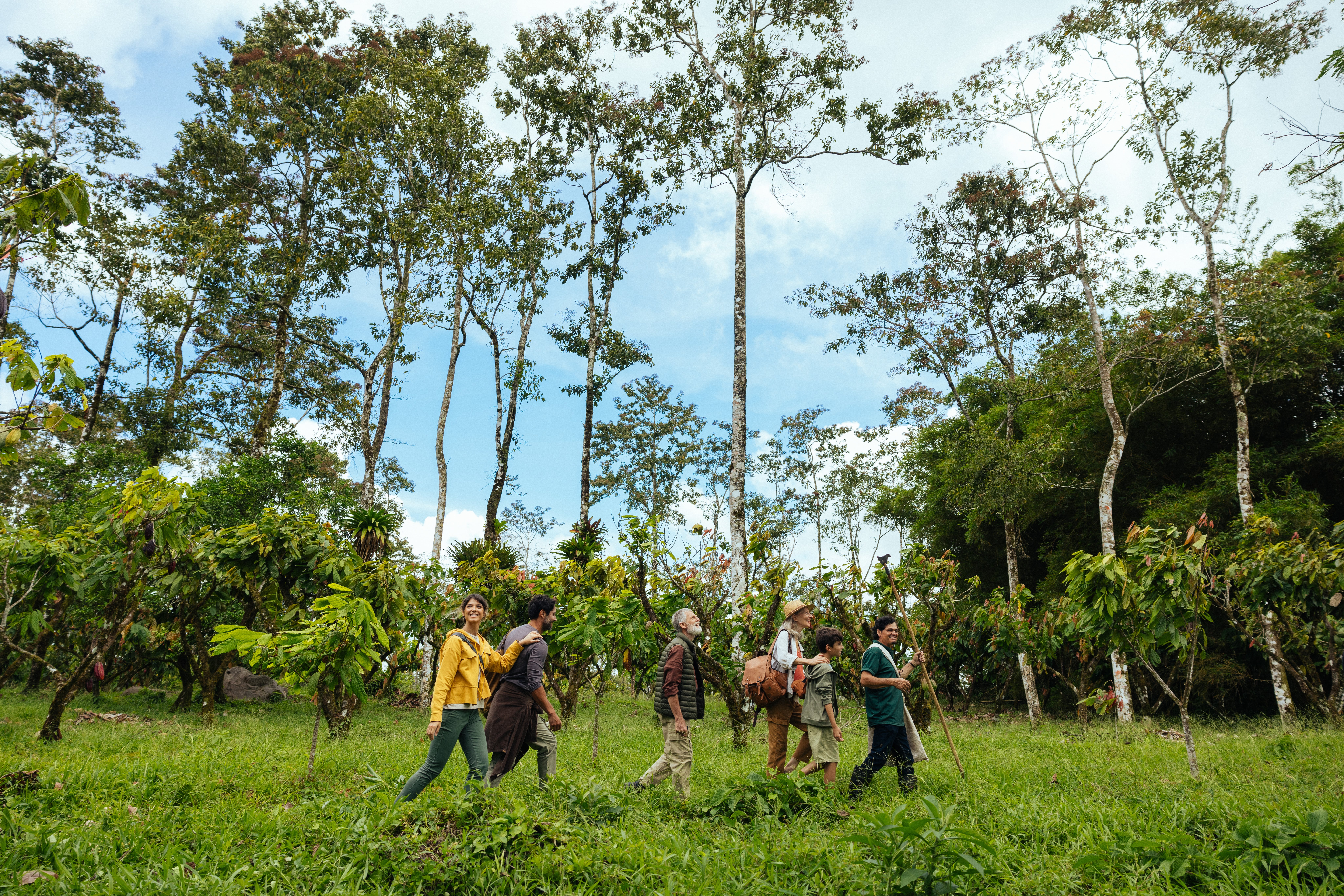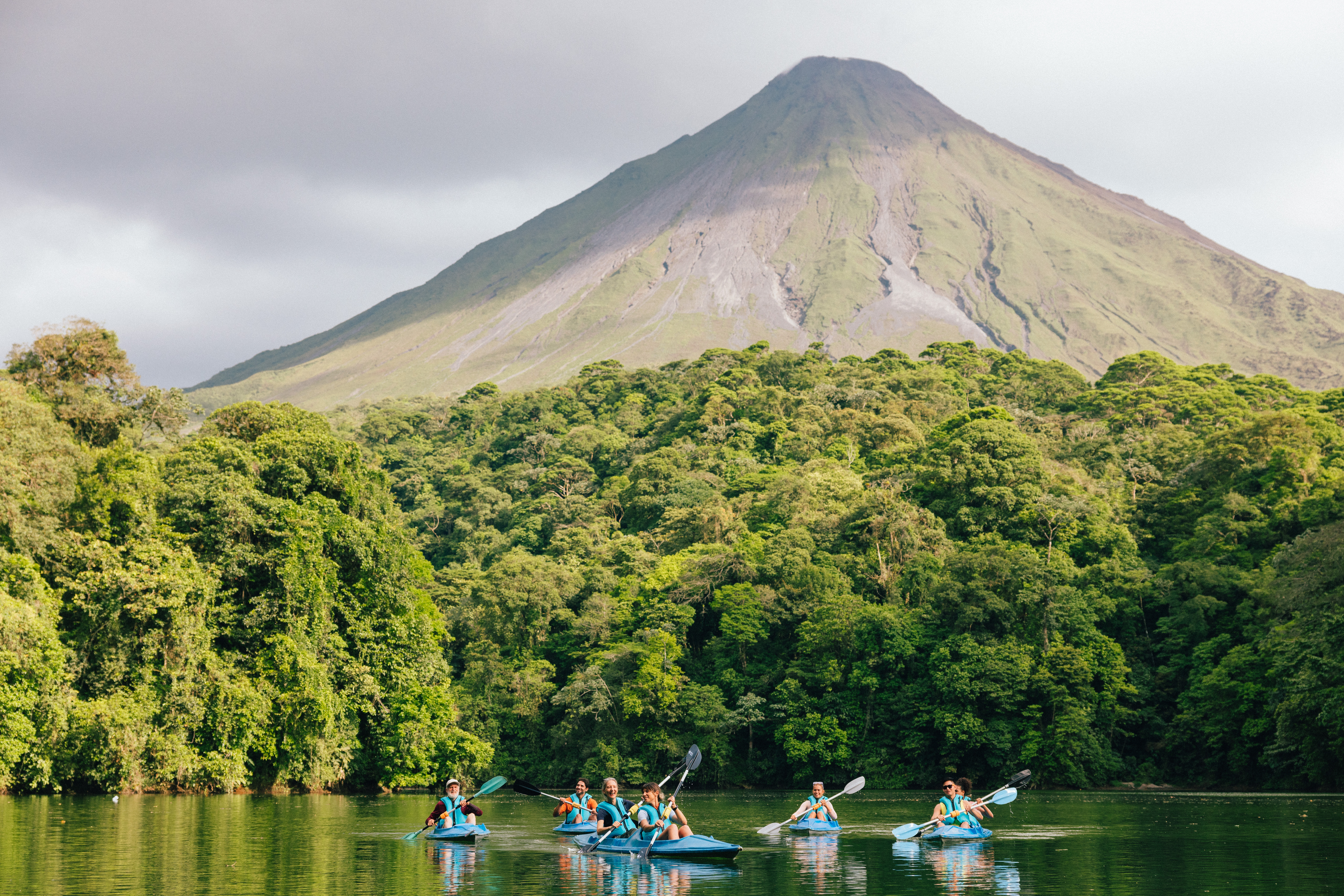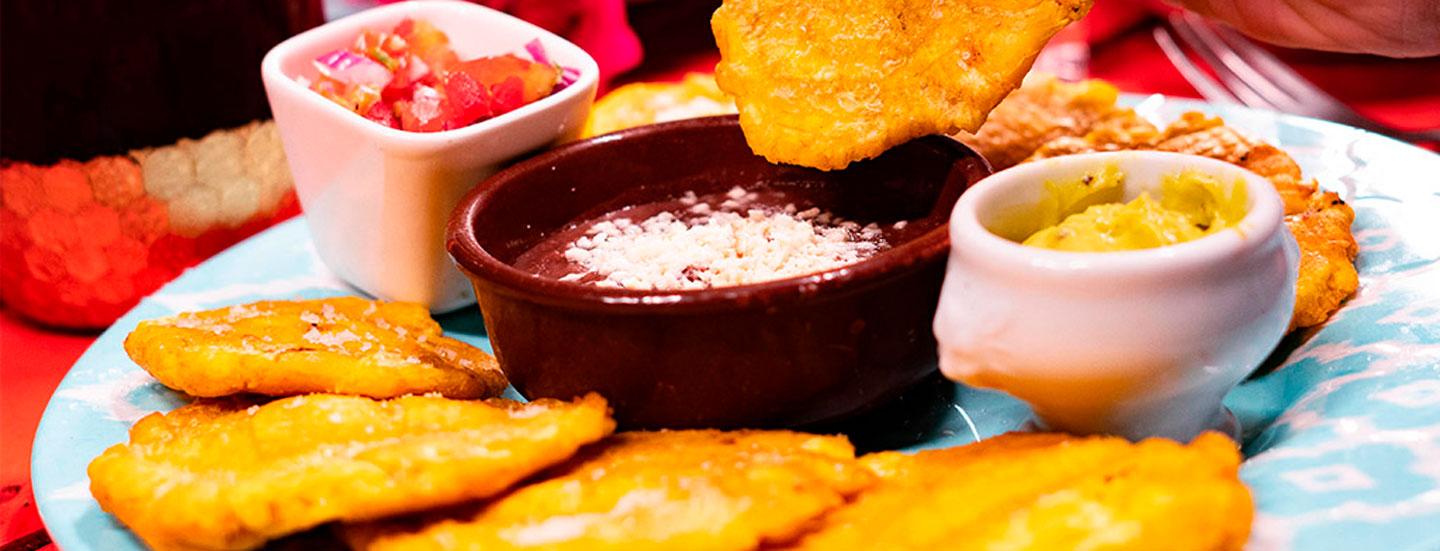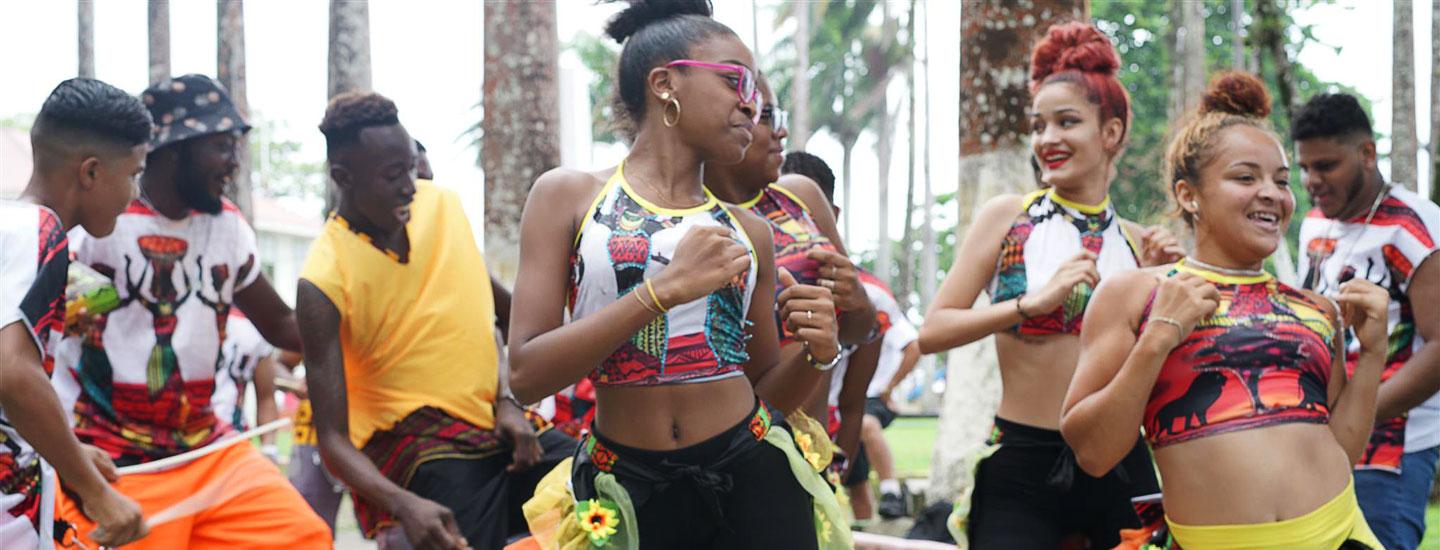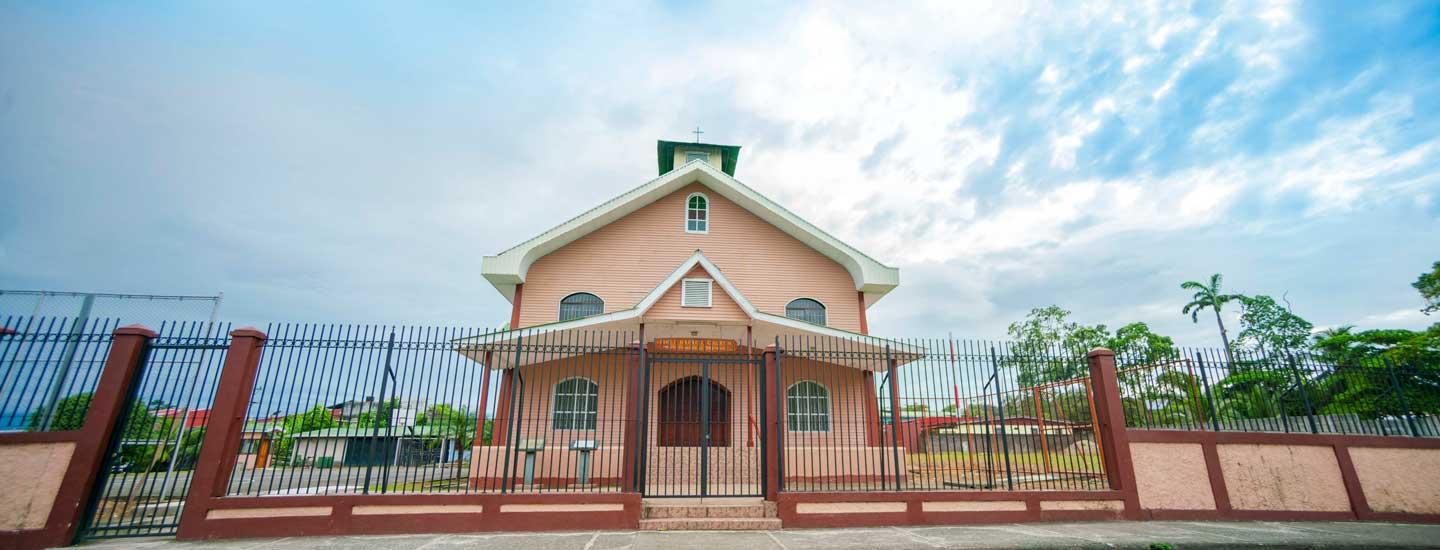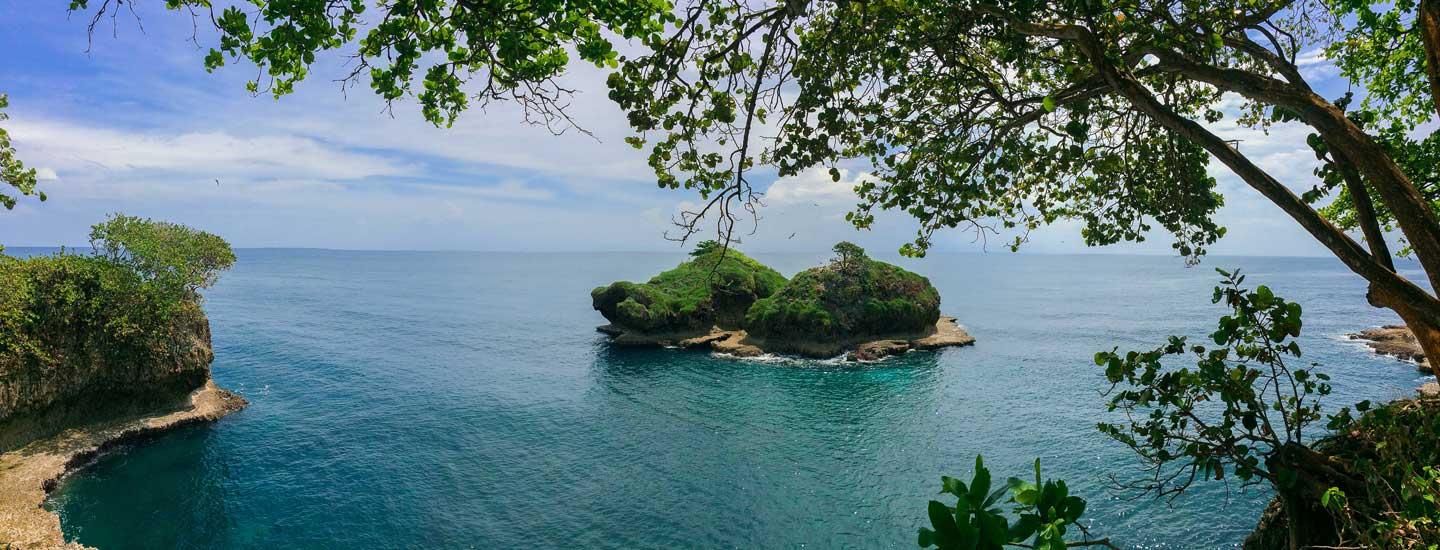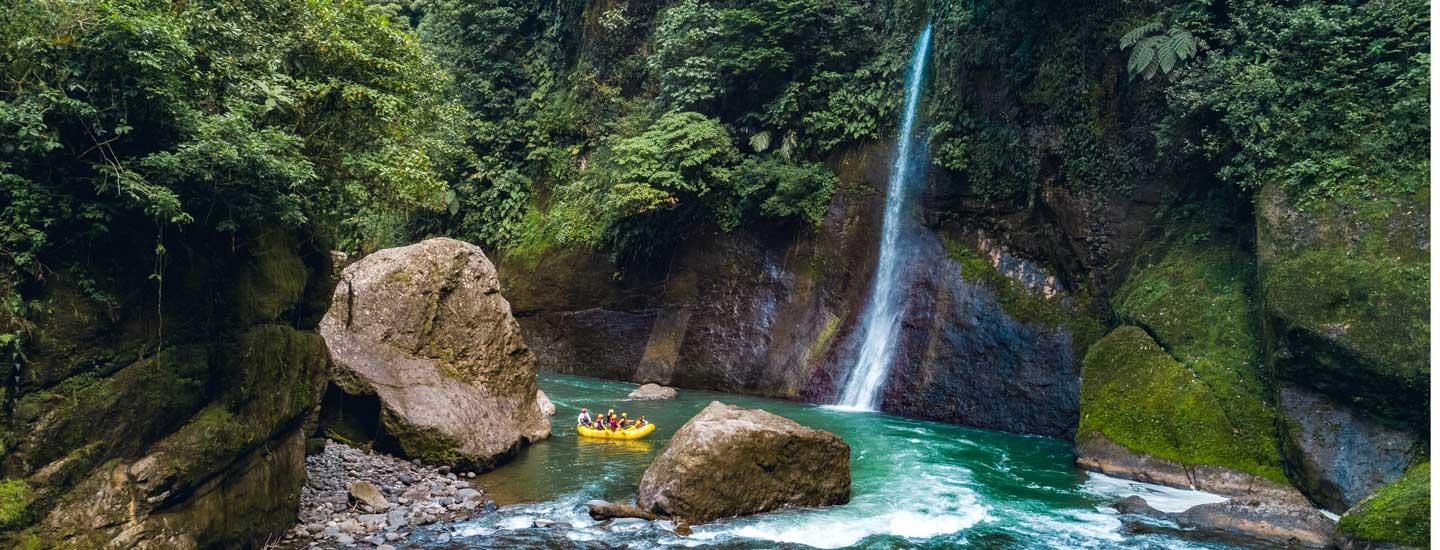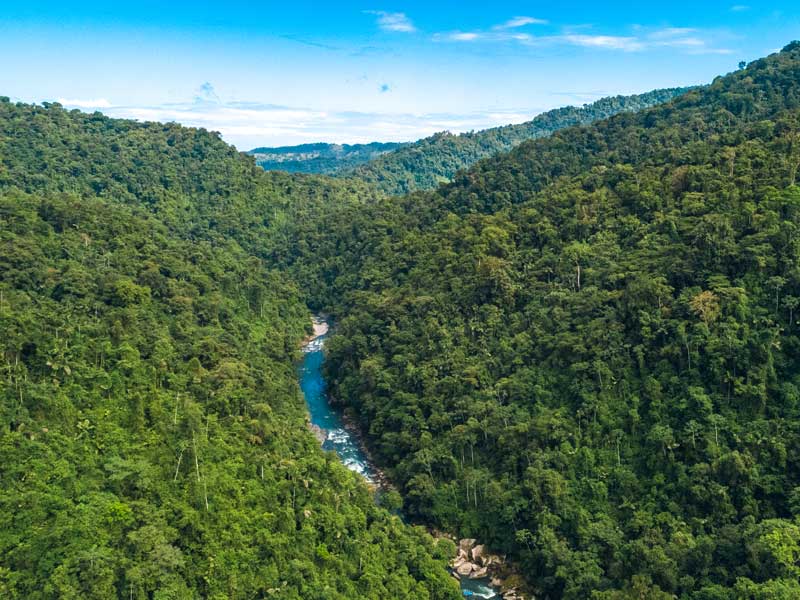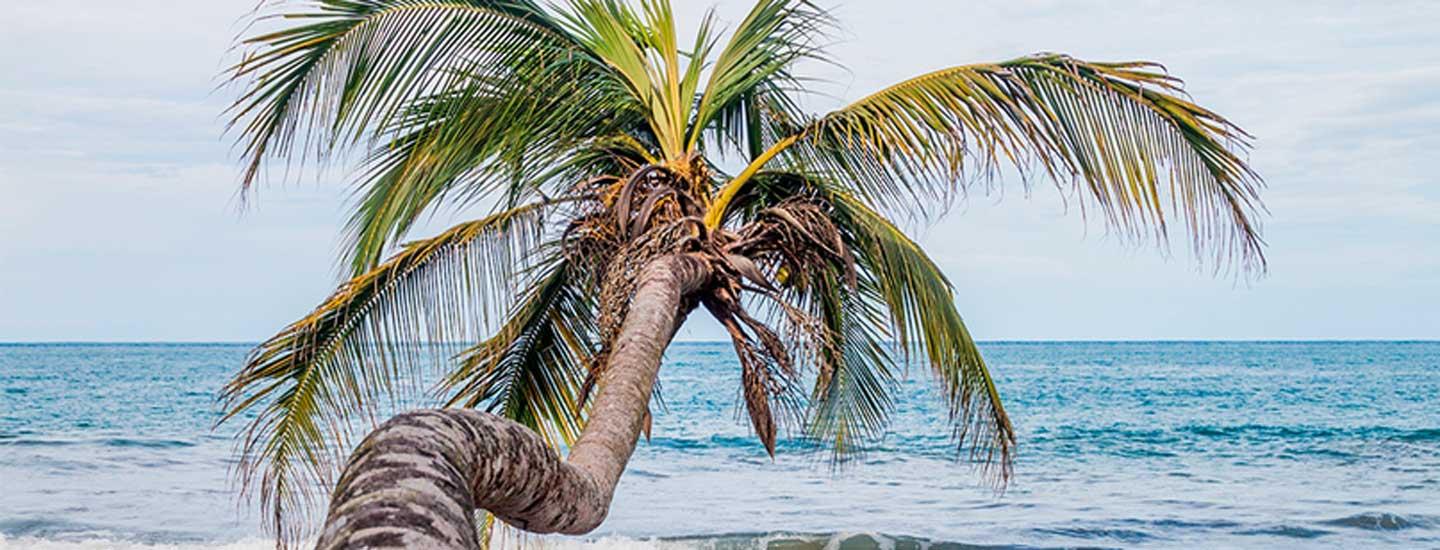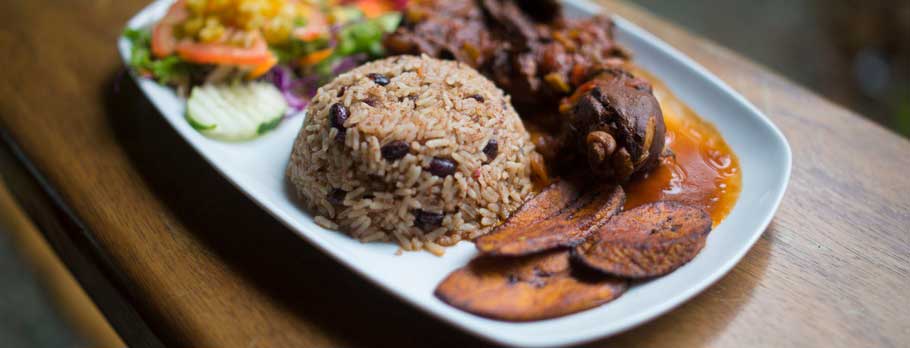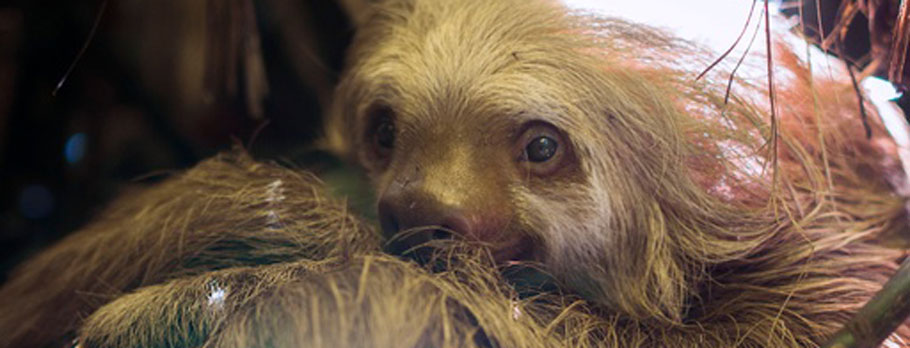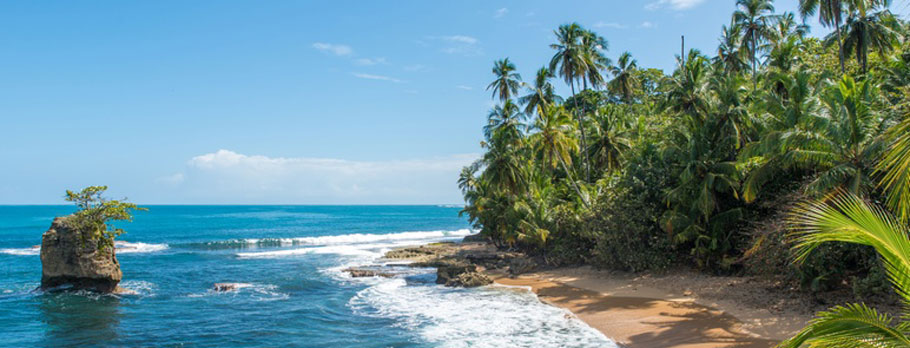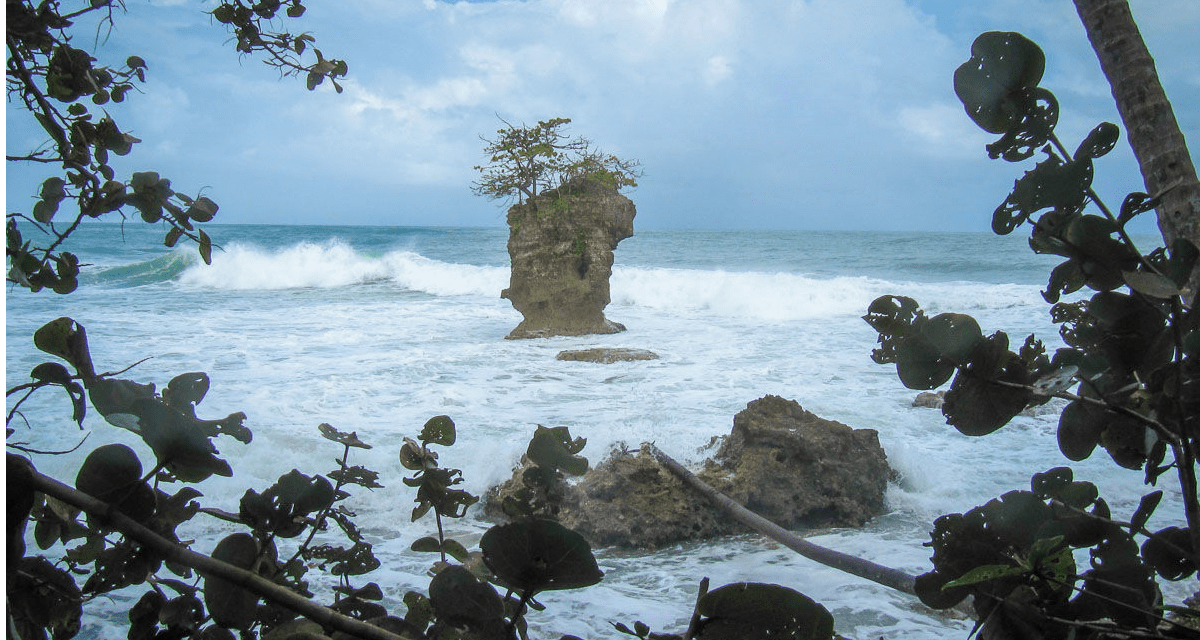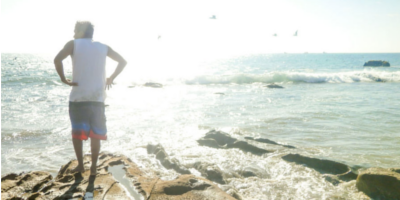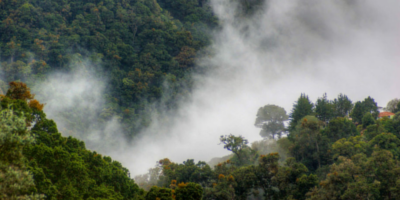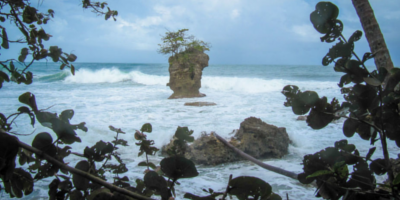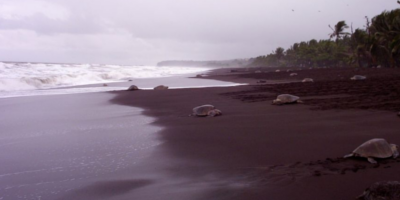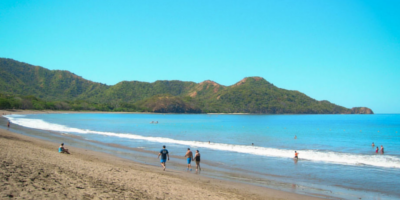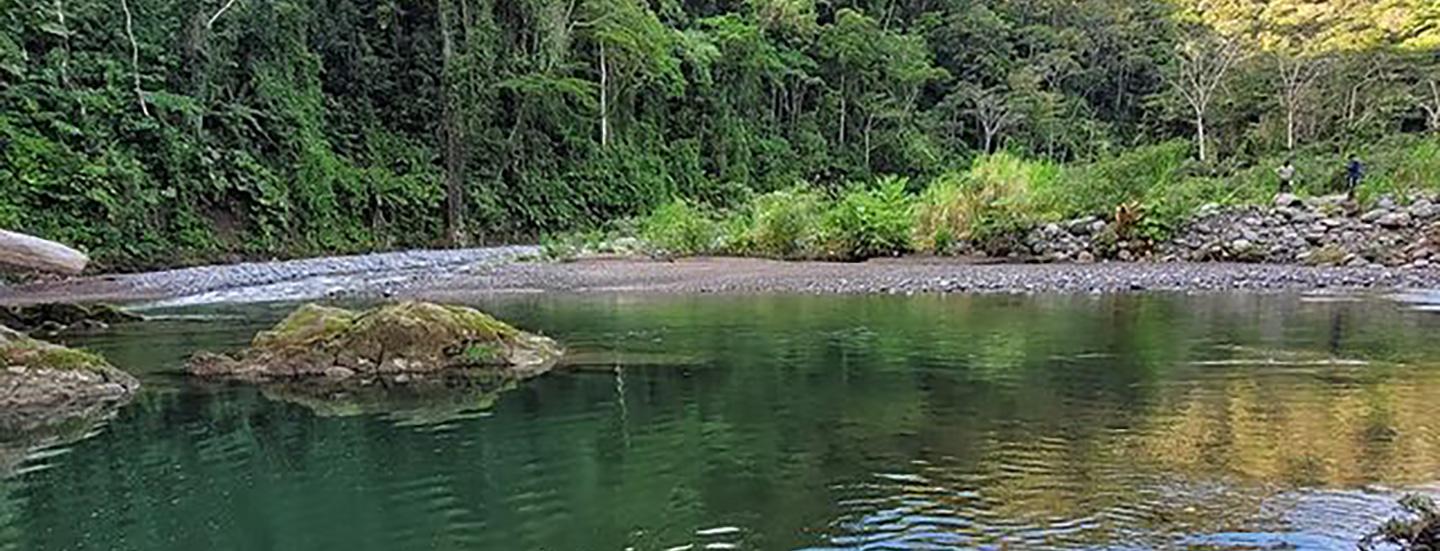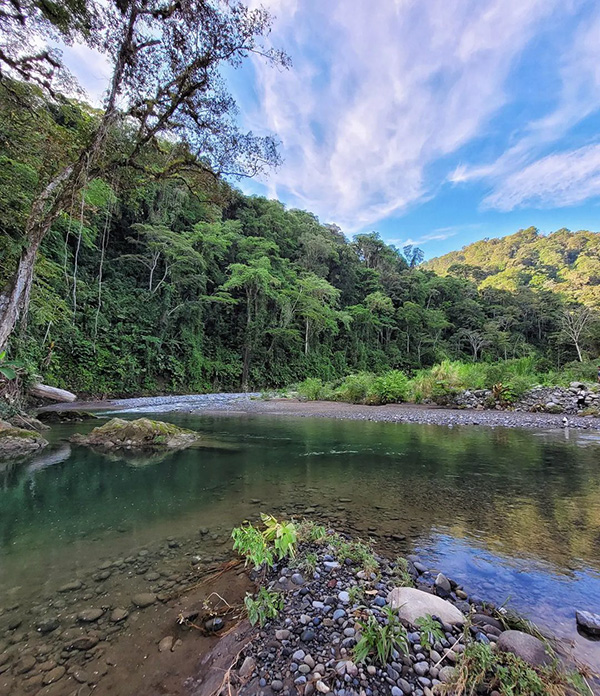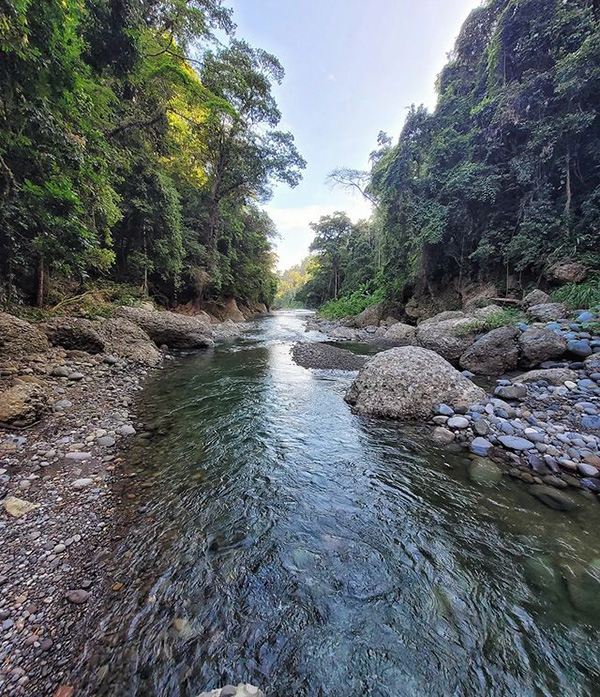Spending more time at home doesn’t have to be boring. In fact, it can be a time to experience new activities with your family. Why not spend more time in the kitchen and enjoy delicious new recipes?
Who doesn’t love a trip to the Caribbean to enjoy its delicious cuisine? In today’s post, we want to take you on a Caribbean journey by making some of the region’s mouth-watering recipes in your own kitchen. Get out your notebook or take a screengrab so that you won’t miss a step.
Rice and beans with chicken and salad
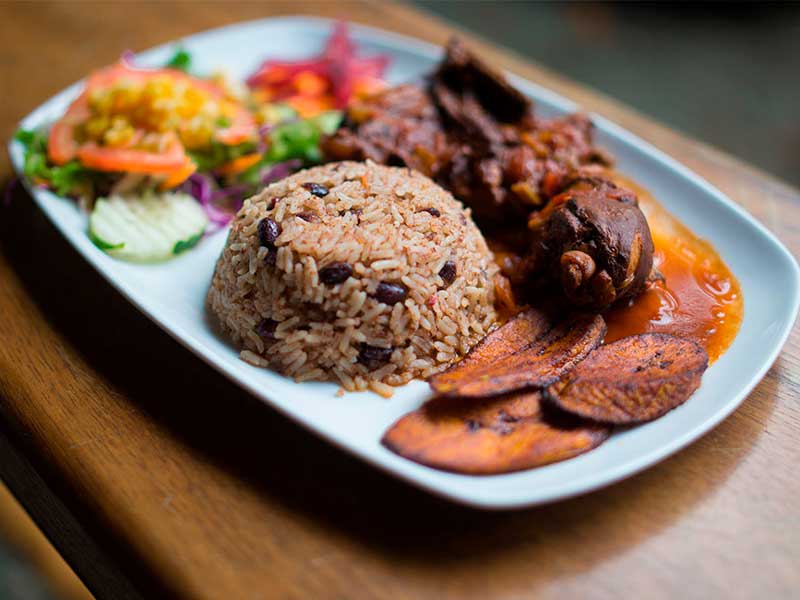
* Thanks to Virginia Hudson Hudson from Puerto Limón for this recipe.
Ingredients
- 1 package of rice
- 1 package of red beans
- 1 coconut, grated
- 1 bunch of thyme
- Onion
- Bell pepper
- Scotch bonnet pepper
- Chicken
Salad ingredients
- Lettuce
- Beet
- Tomato
Preparing the rice:
Soak the rice and beans (separately) in water with a bit of thyme to soften them up. Then, boil the beans with the coconut for 15 minutes. Wash the rice and add it to the beans with a bit of salt. Finally, add a Scotch bonnet pepper and keep cooking until the rice and beans are soft and the pepper has burst.
Preparing the chicken:
Clean and season chicken with celery, bell pepper, onion and thyme, as well as any liquid seasonings you would like. Place vegetables in a pot, then fry the chicken until golden before adding it to the pot with the vegetables and adding the seasoning. Cook until vegetables are soft and some liquid has formed.
Preparing the salad:
Boil the beets, wash the lettuce and the tomato. Add a little vinegar and salt. Serve in portions.
Patí

*Thanks to María Elena Arce Morales from Batán, Matina for this recipe.
Ingredients
- Flour
- Lard
- Margarine
- Cold water
- Salt to taste
Ingredients for filling
- Ground beef
- Onion
- Thyme
- Bell pepper
- Scotch bonnet pepper
- Garlic
- Breadcrumbs
Preparation
Make a dough by mixing the flour and other ingredients, then form a flat circle. Close the dough over the filling and bake until golden-brown, 30-40 minutes.
Pan Bon
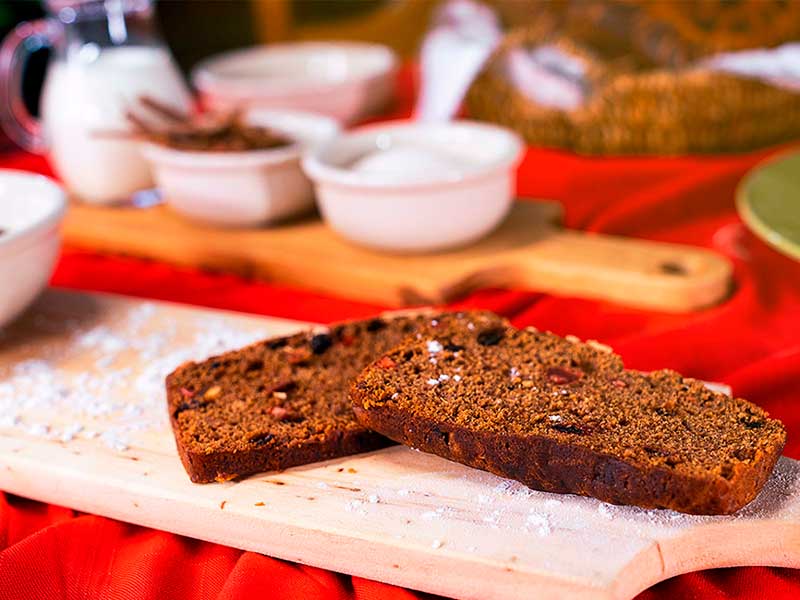
*Thanks to Reinaldo Reyes Miranda from Urbanización Pacuare, Limón for this recipe
Ingredients:
- 3 cups flour
- 2 cups sugar
- 1 cup orange juice
- 3 tsp baking powder
- 6 eggs
- 2 bars margarine
- 1 bar butter
- 1 tsp cake batter extract
- 1 tsp vanilla extract
- 1 tsp cinnamon
- 1 tsp ground nutmeg
- 1 tsp ground cloves
- 1 cup caramel (see note)
- Lemon zest
- Rum to taste
- Raisins and dried fruit to taste
- Pinch of salt
Preparation
Beat the butter and margarine, then add the sugar little by little followed by the yolks of the six eggs until the consistency is creamy. Then, add the sifted flour, baking soda, cake batter extract, vanilla extract, cinnamon, nutmeg and cloves before mixing. Add the caramel and rum and keep mixing. Add the lemon zest to the egg whites, then beat until stiff peaks are formed, then fold into the batter until completely incorporated. In a bowl, add the raisins and dried fruit and a bit of flour and mix together before incorporating into the batter. Grease a baking tray with butter before adding the batter and placing in a 350°F oven for 45 minutes.
Note:
You can soak the dried fruit and raisins in rum for over a month before making the cake. Make the caramel in advance by heating sugar gradually in a pan and adding room-temperature water when the sugar starts to turn brown. Stir to keep the sugar from burning, lower the heat and strain.
Hungry? We’re sure you are. All that remains is to try them for yourself! Let’s get to it! Let us know how it turned out on Facebook and share the photos :)
